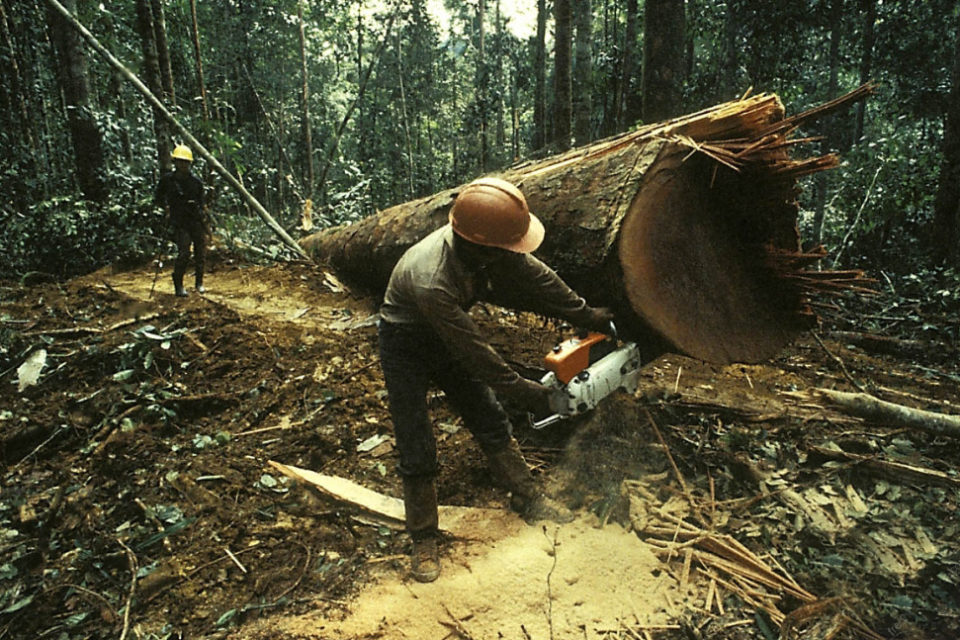U.S. demolition sites reclaim just a fraction of the estimated five billion board feet of timber that is consumed across the globe each year – used for making tissue paper to laminated timbers. Increasingly, logs move through global commodity chains from southern tropical forests to factories in emerging economies like China and ultimately to northern big box retailers like Walmart, Home Depot, Lowes, Ikea, and Staples.
The shift is putting the worlds remaining old growth forests in Indonesia, Cambodia, Malaysia, Vietnam, Africa, Western Brazil and other regions under threat of disappearing. Corporations, responding to increasing pressure from consumers, are challenged to document even a fraction of the long and complex supply chains that often lead to illegal logging operations. Global warming, species extinction and severe social and environmental effects, including long term economic consequences for local communities, are the hidden cost of many consumer deals.
A new book, “Timber” by Peter Dauvergne and Jane Lister shines a strong light, deep into the planets most vulnerable forests and the global supply chain that branches out in all directions. The irony of Sawkill – reclamation work as deforestation offset – doesn’t amount to much in absolute numbers, but joins a diverse range of responses that hopes to save old trees – and chainsaw blades.



